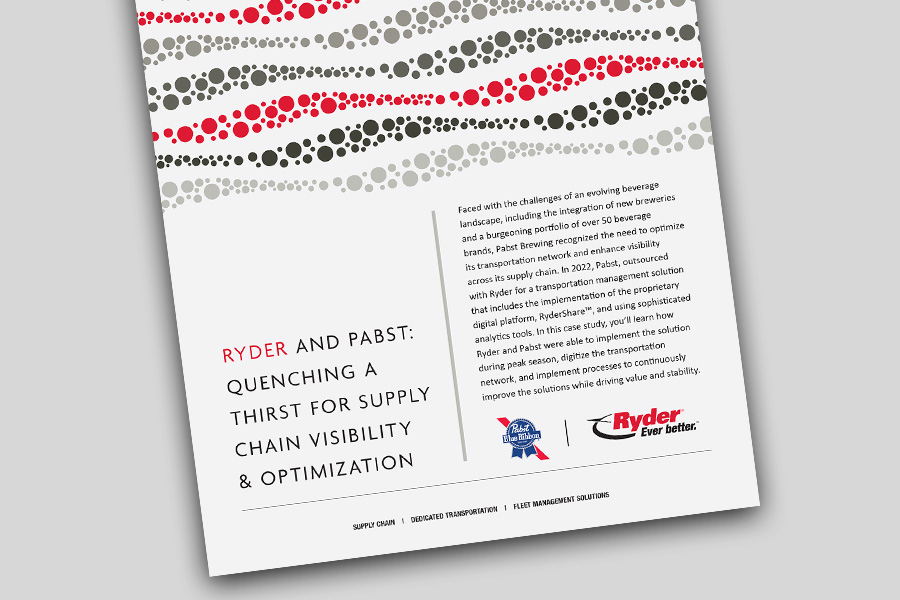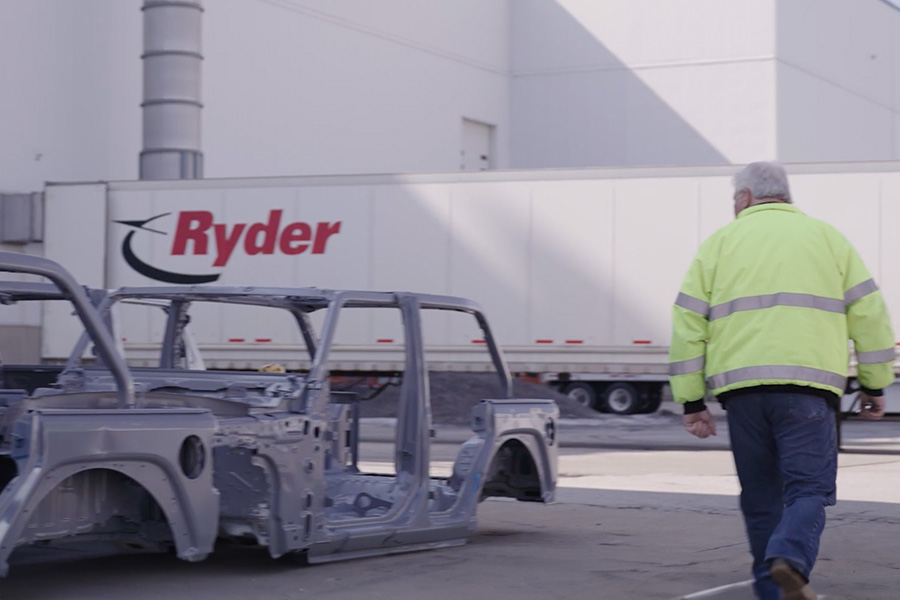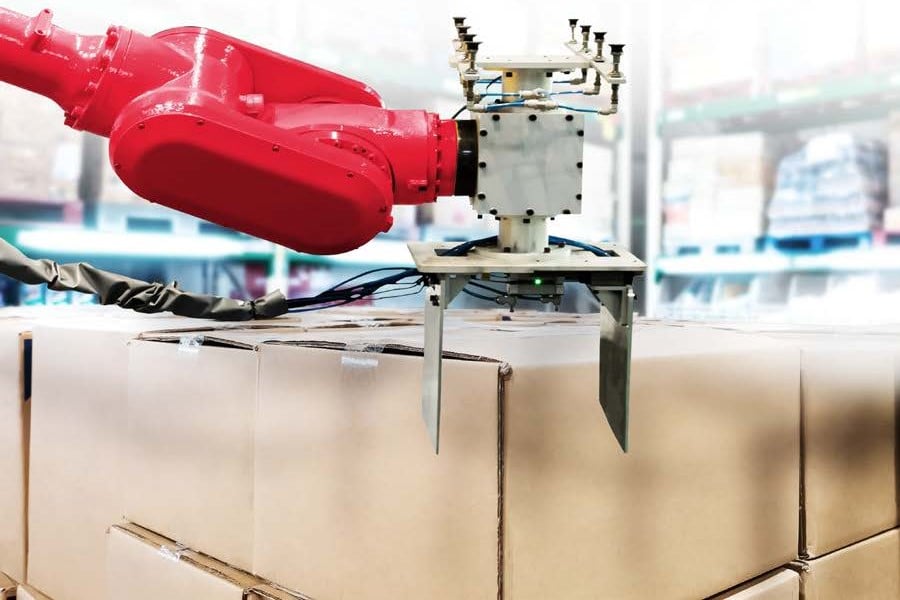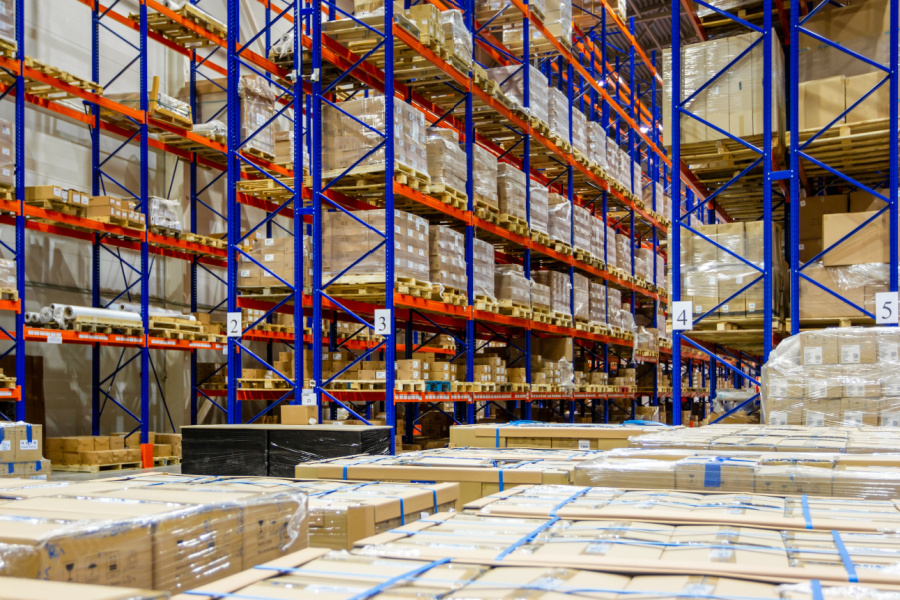Supply chains are facing unprecedented challenges that demand agility and resilience like never before. Gone are the days when supply chains could operate on a quarterly or yearly basis with fixed strategies and plans. Instead, they must adapt on a daily and weekly basis, driven by real-time data and best practices.
This transformation has been catalyzed by various factors, including new technologies, perfecting the lessons learned since the pandemic changed the supply chain landscape, and the pivotal role of data scientists in optimizing supply chain operations. In this article, we will explore the new demands of supply chain management and how companies are harnessing agile and resilient strategies to meet these challenges.
The Changing Landscape of Supply Chains
Traditional supply chains were linear and inflexible, characterized by long planning cycles, limited visibility, and a focus on cost reduction. However, the modern business environment is characterized by volatility, uncertainty, complexity, and ambiguity (VUCA). Globalization, e-commerce, changing consumer preferences, and geopolitical factors have amplified these challenges. As a result, supply chains must evolve to stay competitive and responsive.
The rise of e-commerce has redefined customer expectations. Consumers now demand fast and convenient delivery options, transparency in product sourcing, and personalized experiences. This shift has forced supply chains to rethink their strategies and operations.
Supply chains have become increasingly global, making them susceptible to geopolitical disruptions, trade tensions, and natural disasters. The COVID-19 pandemic exposed vulnerabilities in the supply chain, with shortages of critical goods and disruptions in production.
Sustainability and environmental concerns are pushing companies to adopt eco-friendly practices, including reducing carbon footprints and minimizing waste. These goals add an additional layer of complexity to supply chain operations.
Agile and Resilient Strategies: A Paradigm Shift
To address these challenges, supply chains are adopting agile and resilient strategies. Unlike traditional approaches, these strategies enable supply chains to adapt quickly to changing circumstances, often on a daily or weekly basis. Here's how they are doing it:
Real-time Data and Analytics: One of the key enablers of agile supply chains is the availability of real-time data and advanced analytics. Companies are investing in supply chain data collection and analytics platforms that provide insights into inventory levels, customer demand, supplier performance, and more. For instance, companies like Amazon use sophisticated algorithms to predict customer demand and optimize inventory levels in real-time.
Demand Sensing: Demand sensing is a practice that uses advanced analytics to detect changes in demand patterns as they happen. By analyzing various data sources such as point-of-sale data, weather forecasts, and social media trends, companies can adjust production, inventory, and logistics in response to fluctuations in demand. Procter & Gamble is a notable example of a company that has embraced demand sensing to improve its supply chain agility.
Supply Chain Visibility: Enhanced visibility into the entire supply chain ecosystem is crucial for making informed decisions. Companies are leveraging technologies like Internet of Things (IoT) sensors, blockchain, and cloud-based platforms to gain real-time visibility into the movement of goods and materials. This transparency enables them to identify bottlenecks, disruptions, and opportunities for optimization.
Collaborative Networks: Collaborative networks involve building strong partnerships with suppliers, distributors, and logistics providers. These relationships are based on trust, transparency, and shared goals. Collaborative networks enable quick information exchange, joint problem-solving, and coordinated responses to disruptions. For instance, companies like Toyota have long-standing relationships with their suppliers, which allow them to respond rapidly to changes in demand.
Resilience Planning: Modern supply chains are investing heavily in resilience planning. This includes mapping out potential risks and developing contingency plans to mitigate disruptions. For example, during the COVID-19 pandemic, many companies diversified their supplier base to reduce dependence on a single source.
Supply Chain Orchestration: Supply chain orchestration involves the dynamic coordination of various supply chain functions. It allows companies to adapt quickly to changes by reconfiguring supply chain components. Companies are using advanced software solutions to facilitate supply chain orchestration, ensuring that resources are allocated efficiently and that demand fluctuations are met promptly.
The Role of Technology in Agility
Supply chain technology plays a pivotal role in enabling supply chains to become more agile and responsive. Some key technological advancements include:
Artificial Intelligence (AI) and Machine Learning: AI and machine learning algorithms can analyze vast amounts of data to make predictions and recommendations. These technologies are used for demand forecasting, route optimization, and predictive maintenance, among other applications.
Blockchain: Blockchain technology provides end-to-end visibility and transparency in the supply chain. It is particularly useful for tracking the provenance of products and ensuring authenticity, which is crucial in industries like pharmaceuticals and luxury goods.
IoT Sensors: IoT sensors are deployed to track the condition and location of goods in transit. They provide real-time data on temperature, humidity, and other environmental factors, helping to ensure the quality and safety of products.
Cloud Computing: Cloud-based platforms facilitate the sharing of data and collaboration among supply chain partners. They also offer scalability and flexibility, making it easier for companies to adapt to changing demands.
Operating in Today’s Landscape
The COVID-19 pandemic served as a wake-up call for supply chains worldwide. It exposed vulnerabilities and highlighted the need for greater resilience and agility. Lessons learned from the pandemic have led to several changes in supply chain strategies.
Many companies realized the risks of depending on a single source for critical components. As a result, they have diversified their supplier base to reduce vulnerability to disruptions. Many are also nearshoring their supply chains to meet the demand for expedited deliveries and to be closer to their customers.
Companies are reevaluating their inventory levels to strike a balance between cost-efficiency and responsiveness. Safety stock levels are being adjusted based on demand volatility.
The pandemic accelerated digital transformation initiatives in supply chains. Companies that had already invested in technology were better positioned to respond to disruptions. From digital platforms to warehouse robots, these technologies are improving productivity and efficiency.
The Role of Data Scientists
Data scientists are at the forefront of the agile supply chain revolution. Their expertise in data analysis, machine learning, and predictive modeling is instrumental in making data-driven decisions.
Data scientists develop predictive models that forecast demand, identify potential disruptions, and optimize inventory levels. These models enable supply chains to proactively address challenges.
Additionally, prescriptive analytics goes beyond prediction and recommends actions to optimize supply chain operations. Data scientists use this approach to suggest the best course of action when faced with uncertainty.
Data scientists continually refine and enhance supply chain models based on real-world data and feedback. This iterative process ensures that supply chain strategies remain effective and adaptive.
The Future of Supply Chains is Here
The demands placed on the supply chain ecosystem are constantly evolving, necessitating a paradigm shift towards agility and resilience. Supply chains that adapt on a daily and weekly basis, guided by real-time data and best practices, are better equipped to thrive in the volatile business landscape. Technology, lessons learned from the COVID-19 pandemic, and the expertise of data scientists are instrumental in this transformation. As supply chains continue to evolve, their ability to change on the fly in response to new demands will remain a crucial competitive advantage.




